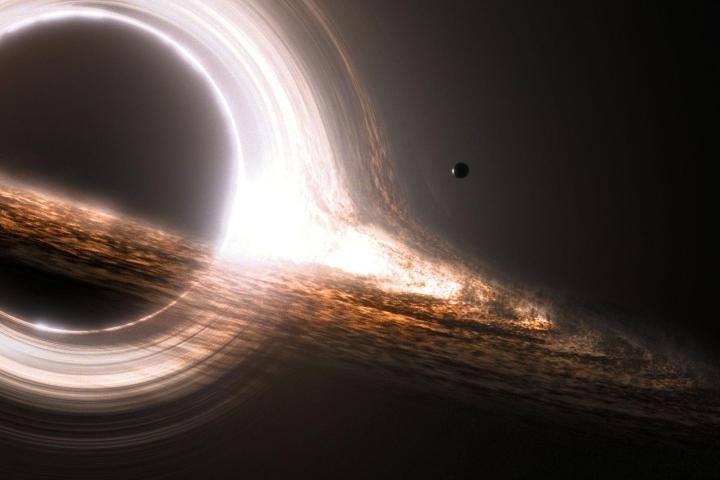
The Information Paradox is the result of two competing theories — one from quantum mechanics and one from general relativity — about the state of an object’s physical information when it encounters a black hole. Quantum mechanics predicts that the information remains intact within a black hole, while the relativity model suggests the information is destroyed due to the immense gravitational forces within a black hole. After more than four decades of debate, Hawking now proposes a third possibility in which the information remains intact because it does not enter into the black hole, but is destroyed as part of the journey.

According to Hawking’s theory, the information about particles that enter a black hole is stored on the surface event horizon in the form of holograms. Hawking argues that these holograms “contain all the information that would otherwise be lost.” These particles may eventually escape the black hole, according to the principles of Hawking Radiation, which describes a way in which photons are released from a black hole as the result of random quantum fluctuations. These escaping photons pick up the physical information stored on the event horizon, but this information is returned in a useless form. This outcome, where information is stored, but also irretrievable, reconciles both sides of the Information Paradox.
His new theory is that Hawking radiation can pick up some of the information stored on the event horizon as it is emitted, providing a way for it to get out. But don’t expect to get a message from within, he said. “The information about ingoing particles is returned, but in a chaotic and useless form. This resolves the information paradox. For all practical purposes, the information is lost.”
Hawking described his theory at Tuesday’s Hawking Radiation Conference with a follow-up lecture by Cambridge Theoretical Physics Professor Malcolm Perry scheduled for Wednesday. Perry will provide additional details on this new theory with a paper from the pair expected to be released next month.



